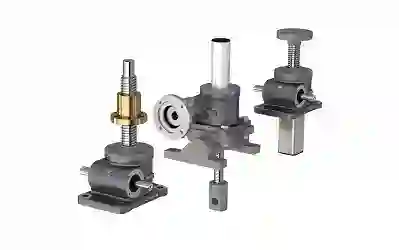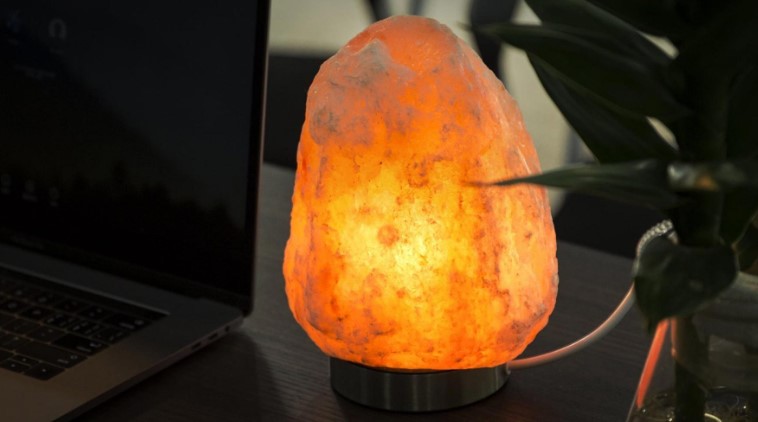In the realm of mechanical engineering, achieving secure immobilization of components is paramount for safety, functionality, and efficient operation. Here’s how the powerful combination of bolted parts and screw jacks creates a robust solution for various immobilization needs:
Bolted Parts: The Foundation of Stability:
- Strong and Secure: High-strength bolts are the cornerstone of this approach. Properly tightened bolts create a strong mechanical connection between components, preventing unwanted movement or separation under stress.
- Versatility in Applications: Bolted connections are widely applicable across various mechanical assemblies, from simple machinery to complex structures.
- Disassembly and Reassembly: Bolted connections allow for easier disassembly and reassembly of components compared to permanent welds, facilitating maintenance and repairs.
Screw Jacks: Adding Muscle and Precision:
- Precise Force Application: Screw jacks enable the application of controlled and precise clamping force between bolted parts. This ensures a tight and secure connection, minimizing the risk of movement or vibration.
- Self-Locking Mechanisms (Optional): Certain screw jacks incorporate self-locking mechanisms. This eliminates the need for additional clamps or wedges, simplifying the immobilization process and maintaining a secure connection over time.
- Adjustable Clamping Force: Screw jacks offer the ability to adjust the clamping force applied to the bolted connection. This allows for customization based on the specific requirements of the application.
Applications for Secure Immobilization:
- Machine Bases: The combination of bolted parts and screw jacks is often used to securely fasten a machine base to the foundation, preventing movement and vibrations during operation.
- Mold Clamping: In casting and pressing applications, screw jacks are employed to clamp mold halves together using bolted connections. This ensures a leak-proof seal and precise part formation.
- Fixture and Jig Design: Screw jacks integrated into jigs and fixtures utilize bolted connections to securely hold components in place during machining, welding, or assembly processes.
- Heavy Equipment Repair: During maintenance of heavy equipment, screw jacks with bolted connections can be used to immobilize components for safe and efficient repairs.
Advantages of This Combined Approach:
- High Strength and Stability: This combination offers exceptional strength and stability, ideal for applications where components experience significant forces or vibrations.
- Adjustable Clamping Force: The ability to adjust the clamping force allows for fine-tuning the immobilization based on specific requirements.
- Ease of Maintenance: Bolted connections facilitate easier disassembly and reassembly compared to permanent welds, simplifying maintenance procedures.
- Cost-Effectiveness: Both bolted parts and screw jacks are generally less expensive compared to alternative immobilization methods like welding.
Conclusion:
The strategic pairing of bolted parts and screw jacks creates a powerful solution for secure mechanical immobilization. This approach offers exceptional strength, precision, and adjustability, making it ideal for various applications across diverse industries. By leveraging this dynamic duo, engineers can ensure the safe, stable, and reliable operation of their mechanical creations.









